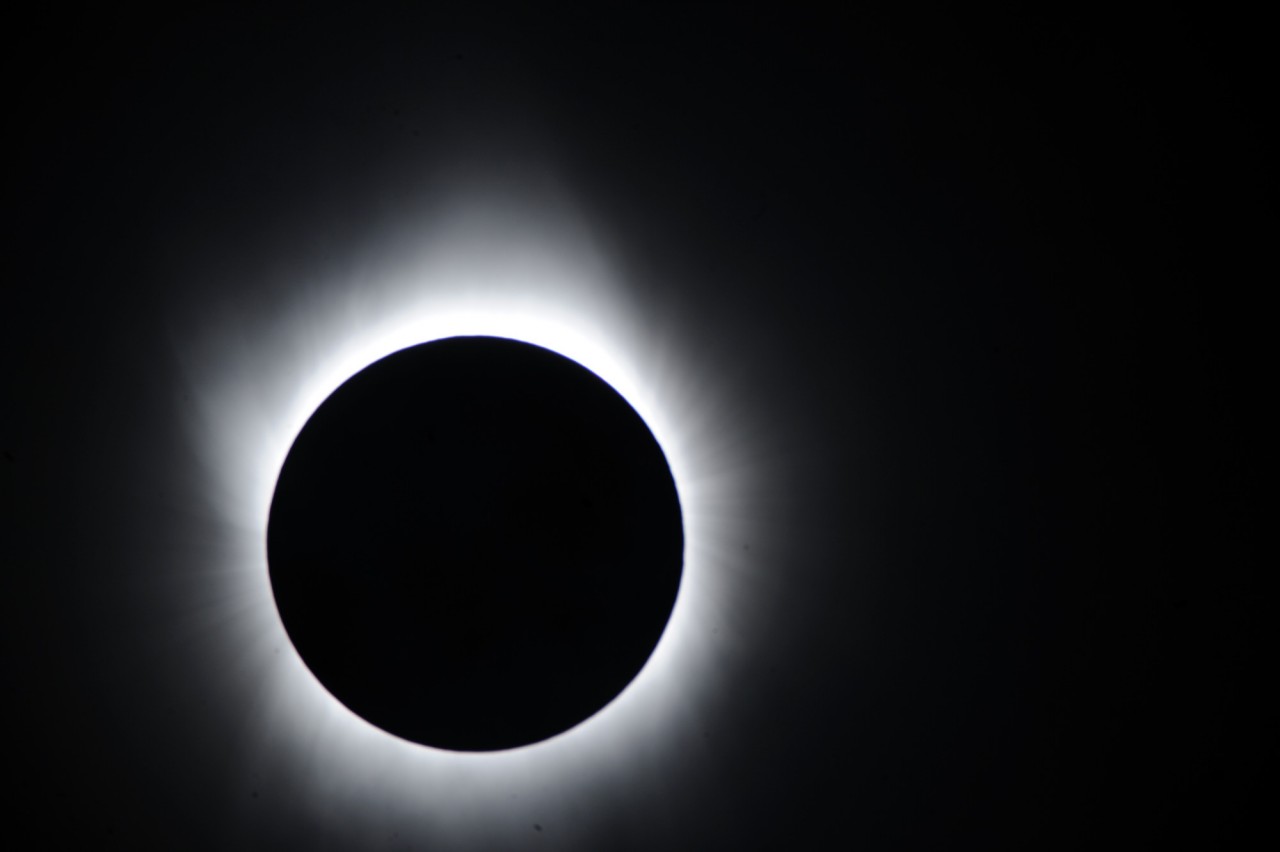
On Monday, August 21 there will be a continent-wide solar eclipse, the first to be visible only in the US since 1776. It’ll also be the first to cross the entire continent in the last 99 years, moving east from Oregon to South Carolina. A solar eclipse is when the moon passes between the Earth and the sun, while a lunar eclipse is when the Earth passes between the moon and the sun.
So with a solar eclipse, the sun blocks out the moon. With a lunar eclipse the moon simply disappears for a short while. According to NASA, an easy way to remember is, “In a solar eclipse, the sun gets darker. In a lunar eclipse, the moon gets darker.”
What we see is actually the shadow of the moon being cast onto the Earth. For a time you get that ethereal corona around Earth’s oldest satellite, or its shadow.
It’s hauntingly beautiful and symbolic of tremendous change. But be warned, the “path of totality” when the moon completely envelops the sun, will last a couple of minutes total. Be prepared or else you’ll miss it.The schedule and how much of it you can see varies from where you live. See a map and schedule here. There are partial eclipses and total ones. Although it happens somewhere on Earth once every year, witnessing a total solar eclipse is exceedingly rare. It only occurs once every 375 years, on any one place on the planet, on average.

While it’s a fantastic opportunity to observe one of the most dramatic astronomical events you can witness from Earth, it’s important that one do so safely. Wearing sunglasses or cupping your hands around your face isn’t good enough. And sunglasses aren’t strong enough filters.
Dr. Thomas Hwang is a retina expert at the Oregon Health & Science University (OHSU) Casey Eye Institute. He’s also an associate professor of ophthalmology in the OHSU School of Medicine. He says that when it’s occurring, it…
The post This Is Why You Need to Wear Special Glasses Before You Stare at a Solar Eclipse appeared first on FeedBox.